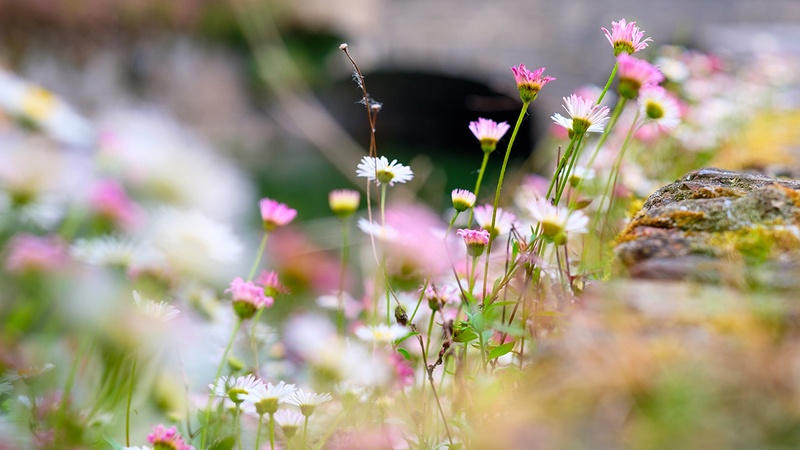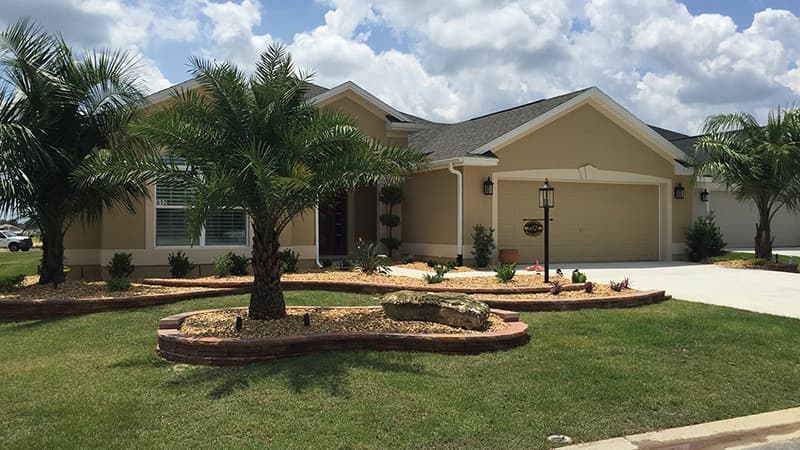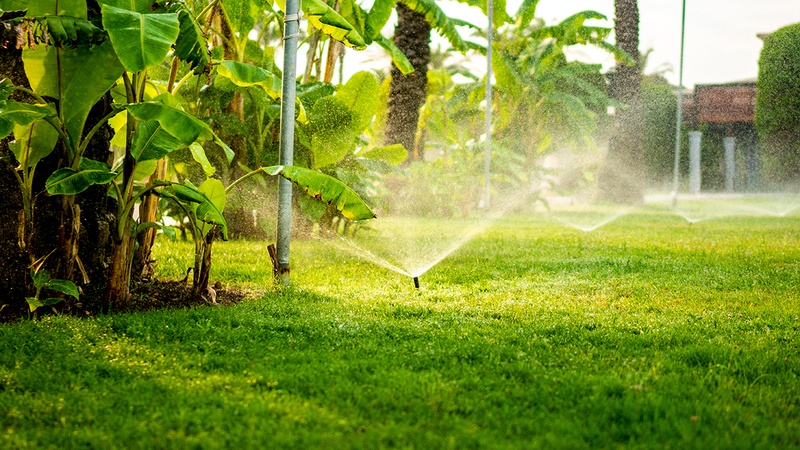Ahhh...Summer time in Florida. Ushered in officially in the month of June, Florida Summer finds us outside enjoying nature and taking a good look at the gardening and landscaping areas of our property. Summertime is the perfect time for updates to old, overgrown landscape and taking a fresh look at the landscape designs - adding tweaks on existing ideas or perhaps a brand new design.
Here, we’ve compiled a list of some of five of the top tips for caring for your florida lawn this summer and included some new landscape ideas to get you started:
- Summer is a perfect time for the addition of a solid organic layer of mulch to your planting beds for the prevention of weeds and improved soil moisture retention (2-3” layer). Use caution not to mound the mulch up around the trunks of trees, as it can suffocate and kill the tree.
- Rose bushes should be checked for insects like aphids and other bugs and sprayed as soon as they’re discovered, or consider using Bayer All in One Rose & Flower Care as a preventative measure, but it may take a couple weeks for the active ingredients to reach the inside of the plant.
- Spring flowering bulbs should have foliage that has turned (or is in the process of turning) brown and drying. This old foliage can safely be removed without affecting next year’s blooms. Always be sure to allow the spring bulb foliage to fully turn brown before removing it though, as the green leaves provide the food for next year’s bulbs.
- Spring flowering shrubs (like Forsythia, Lilacs, and Mockorange) can still be pruned after the flowers have gone. Certain types of Lilacs have yet to bloom so remember to let blooms like Canadian Lilacs and Ivory Silk and Japanese tree Lilacs bloom before pruning them.
- In Florida, maintaining proper soil moisture is vital – especially for new plantings. New plantings typically take about 6 weeks to get some new roots established and watering can be less frequent and more at each application. Ideally, a good, slow, deep watering is required about every 7-10 days for trees and shrubs after they are established. Newly planted B&B and container plants need to be watched very carefully during that first 6 week break-in period after planting or until they have had a chance to get rooted in. The easiest method of checking to see if a plant needs water is to stick your finger in the soil it was planted with, and if it feels dry – water it, and if it feels moist – skip watering it. Typically sprinkler systems do not work well for establishing new plantings unless they are putting water on the roots where needed. [source]
Blog by: Tennille Shelley





